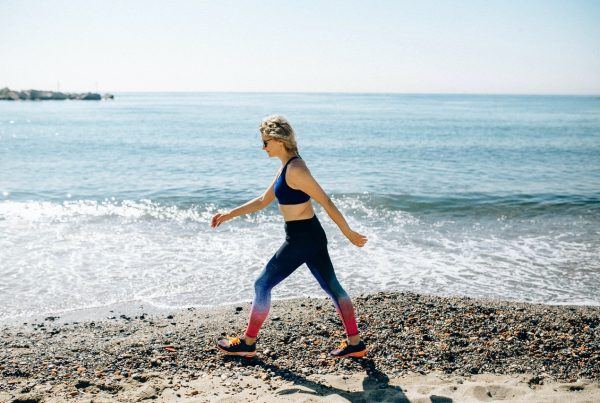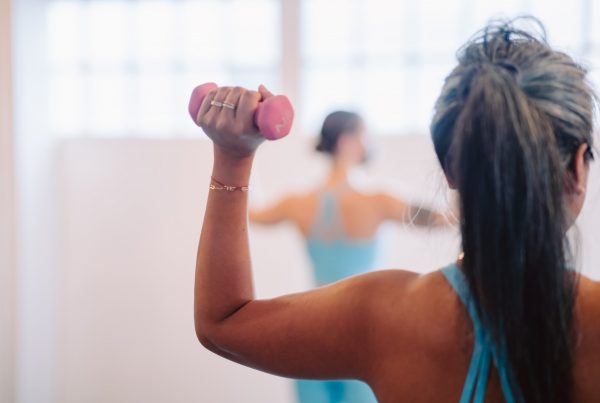Your eyes are the window to the soul and the part of you that can convey to the world who you really are. Your eyes can be used to communicate feelings and emotions, to gain trust, and to express yourself.
Unfortunately, the eyes are also one of the first parts of the face to be affected by signs of aging. Whether it’s crow’s feet, puffiness, dark circles under the eyes, or drooping skin, signs of aging around the eyes can affect your overall appearance and make you look old before your time.
If you’re hoping to take some preventative measures to stop eye aging in its tracks and maintain a fresh and youthful glow for as long as possible, this article will provide some helpful methods that you can use to keep the skin around your eyes in good condition for longer.
Why Eyes Age Quickly
When you look in the mirror, you might notice that the skin around your eyes seems to be aging more quickly than, say, the skin on your cheeks or elsewhere on your face. This is because the skin around the eyes is very thin and delicate, meaning that it breaks down more easily than the skin on thicker or fleshier parts of the face and body.
The skin around the eyes is also unique in that it covers a hollow space—the eye sockets—rather than covering flesh. Fleshier areas such as the cheeks tend to get fewer wrinkles because the flesh keeps the skin stretched, taut, and elastic.
The good news is that there are things you can do to slow down the signs of aging, so whether it’s dark circles, fine lines, puffiness, or bags under the eyes, there are steps to take to prevent and reduce signs of aging.
Dark circles and aging
Dark circles under the eyes can appear at any time of your life, though they’re likely to occur more often as you get older. Here is what you need to know if you have rings of a darker color under your eyes.
What Causes Dark Circles?
There are many possible causes of dark circles under the eyes, but the most common is fatigue. No matter your age, if you’re not getting enough sleep or not sleeping fitfully, you’ll probably notice darkening of the skin under the eyes. Luckily, this type of dark circle is easy to fix: Just getting more sleep should do the trick!
Other potential causes of dark circles under the eyes are numerous. There are some genetic factors at play, so if your parents have dark circles, you are likely to be affected too. Furthermore, people with darker skin tones may be more likely to have noticeable dark circles; it is more common to have hyperpigmentation around the eye, and dark circles appear more noticeable in the skin with higher levels of melanin.
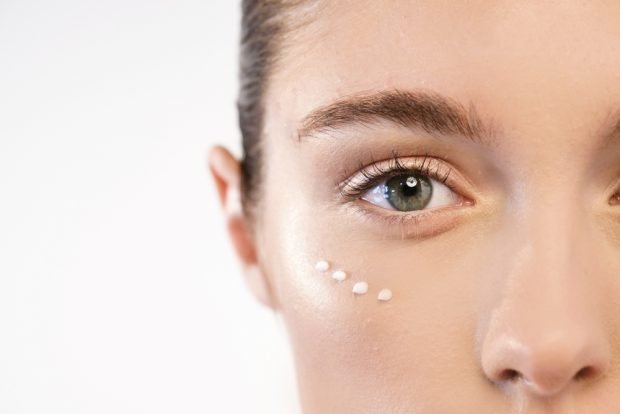
Dark circles can also be caused by eye strain. If your eyes feel tired and fatigued, the blood vessels in the skin around the eyes can enlarge, and this makes the skin appear darker. This is particularly common among those whose work involves using a computer.
Too much sun can also lead to dark circles, as the body may produce more melanin, and this causes darkening of the skin. Because of the delicate nature of the under-eye skin, changes to levels of melanin can be particularly noticeable around the eye.
Dehydration can also cause under-eye darkness and discoloration.
What You Can Do
Once you’ve identified the likely cause for the dark circles under your eyes, you can take steps to get rid of them.
If you’re fatigued, try getting some more sleep. That one’s easily fixed! If you suspect it’s due to eye strain, try giving yourself a break from screens (laptops, cellphones, TVs, etc.), and visit an optometrist for an eye exam to make sure you don’t need glasses. Unnecessarily straining to see could be the culprit.
If the cause is dehydration, make sure you drink plenty of water. As a guideline, you should aim to drink at least eight glasses of water every day. If your eyes feel dry, you could also try using eye drops, though dry eyes can also be caused by a number of issues. Read this guide to eye drops from Island Eyecare to see if eye drops can work for you.
You could also use cold compresses to reduce the swelling of blood vessels or apply cold tea bags to the eyes to give them a caffeine boost.
If you suffer from longer-term dark circles, more permanent options are available, including fillers, chemical peels, fat implants, and even medical tattoos.
Fine Lines and Crow’s Feet
Fine lines, wrinkles, and crow’s feet around the eyes are an inevitable part of aging, but there are a few things that exacerbate them, so there are also ways to slow down and reduce their appearance.
What Causes Wrinkles Around the Eyes?
As has already been mentioned, the skin around the eyes is very thin, and the lack of flesh underneath that skin means it’s easy for fine lines and wrinkles to appear around the eyes. This is a natural part of the aging process, but there are certain behaviors that could be speeding up the appearance of crow’s feet and wrinkles.
If you spend a lot of time in the sun, you are probably squinting often, and this could lead to the faster appearance of fine lines around the eye. Powerful UV rays can also affect the amount of collagen in your skin, so if you spend a lot of time in the sun, you’ll probably notice wrinkles at a younger age.
Smoking also leads to an increased likelihood of crow’s feet. Smoking is thought to suppress the body’s ability to produce collagen by constricting the blood vessels, and this can affect the skin’s elasticity and lead to fine lines and, with time, deeper wrinkles.
What You Can Do
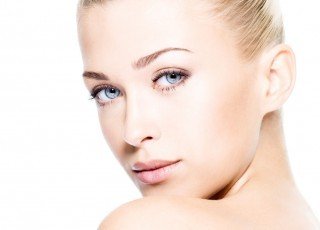 To delay the seemingly inevitable appearance of aging by developing crow’s feet, try to avoid spending too much time in the sun, and make sure you protect your skin from UV rays. Wear high-factor sun protection over your whole face, and wear sunglasses when spending time in direct sunshine—this will help you avoid squinting.
To delay the seemingly inevitable appearance of aging by developing crow’s feet, try to avoid spending too much time in the sun, and make sure you protect your skin from UV rays. Wear high-factor sun protection over your whole face, and wear sunglasses when spending time in direct sunshine—this will help you avoid squinting.
You likely already know the dangers to your health associated with smoking, but damage to your skin and wrinkles around the eyes are even more reasons to quit.
Once crow’s feet appear, they can be difficult to get rid of without surgery. Try using a retinol-based serum or oil under the eyes, removing any make-up with very gentle cleansers, and moisturizing daily. Retinol is thought to encourage collagen production, so this should improve your skin’s elasticity and make it appear fuller.
Puffy Eyes
Puffiness and drooping around the eyes can be a sign of aging, but it can also be a signal that something is not quite right. There are some simple ways to avoid puffy eyes and look more awake.
What Causes Puffy Eyes?
Puffiness around the eyes are much like dark circles. They contribute towards you looking tired and aging. Puffy eyes are usually caused by fatigue and a lack of sleep, but there are a number of other potential causes.
Allergies can cause your eyes to itch, become red, and puff up. When your eyes are itchy, it’s tempting to rub your eyes to soothe the irritation, but this can make them puff up even more.
If you’re dehydrated, your eyes may become dry and could become slightly swollen as a result. This may be particularly noticeable the morning after a night of drinking, as alcohol consumption leads to dehydration.
Too much sodium in your diet may also be causing swelling around the eyes. Sodium (usually consumed through salt) causes fluid retention, and this can be particularly noticeable around the eyes thanks to the delicate nature of the under-eye skin. 
As well as puffiness, your under-eye area may begin to droop and sag as you get older. If you have drooping or “bags” under your eyes, this could be a sign of an excess of fluid (again, possibly through too much sodium) or weakened muscles under the eyes.
What You Can Do
Depending on the cause, puffy eyes can be fairly easy to remedy. Getting enough sleep will work wonders, as will drinking plenty of water.
Allergy sufferers will already know the difficulties associated with allergies, but asking a doctor for advice on reducing the severity of your symptoms could also help with puffy eyes.
Eating a balanced diet without too much salt can alleviate puffiness caused by fluid retention, as well as reducing your blood pressure and improving your overall health.
If you already have puffiness around your eyes and want to bring down the swelling, applying cold compresses or cucumber slices to your eyes for 15 to 20 minutes could help.
To reduce the appearance of droopy bags under the eyes, there are facial exercises you can do to strengthen your facial muscles. This may reduce the appearance of bags, but it isn’t easy to wholly get rid of bags and droopiness without opting for surgery.
Prevention Is Better Than Cure
No matter the problem, preventing aging around the eyes is easier and far more effective than attempting to turn back the clock; it is extremely difficult to reverse signs of aging once they appear.
Things you can do to prevent aging around the eyes
 Here are some things you can do every day to prevent aging around the eyes and, more generally, take care of the eye area:
Here are some things you can do every day to prevent aging around the eyes and, more generally, take care of the eye area:
- Stay out of the sun. Spending a lot of time in direct sunlight will expose your skin to harmful UV rays. This can lead to premature aging and serious health problems such as skin cancer.
- Wear sun protection daily. Even if you aren’t going out into direct sunlight, it’s a good idea to wear high-factor sunscreen every day. If your daily moisturizer contains an SPF, this is unlikely to be strong enough to protect your skin, so opt for a high-SPF sunscreen and apply it daily.
- Moisturize every day. Moisturizing helps to keep your skin plump and firm and will delay the development of fine lines, wrinkles, and other signs of aging.
- Use a collagen-enriched eye cream. Collagen is often thought of as the glue that holds your skin together, keeping it taut and elastic. As you get older, your skin will lose its ability to produce collagen, so using an eye cream with collagen in it will keep your skin looking full and youthful.
- Drink plenty of water. Drinking enough water is essential for all sorts of health reasons, but it can also keep your skin hydrated and fresh, preventing the appearance of dark circles and under-eye bags.
If you have already noticed signs of aging around the eyes, following these steps will still benefit you and could help to slow down further aging. If you want to hide under-eye circles and fine lines, a simple concealer could help.
Once signs of aging have become more obvious, there are some more permanent solutions available, though they are more invasive. Collagen fillers, Botox, chemical peels, medical tattoos, and even excess skin removal could be solutions to fine lines, crow’s feet, bags under the eyes, and dark circles. Talk to a dermatologist or your doctor to find out which options could work for you.
A Final Word
Signs of aging around the eyes can be difficult to accept, so take steps now to slow the aging process and keep your eyes looking youthful for longer.


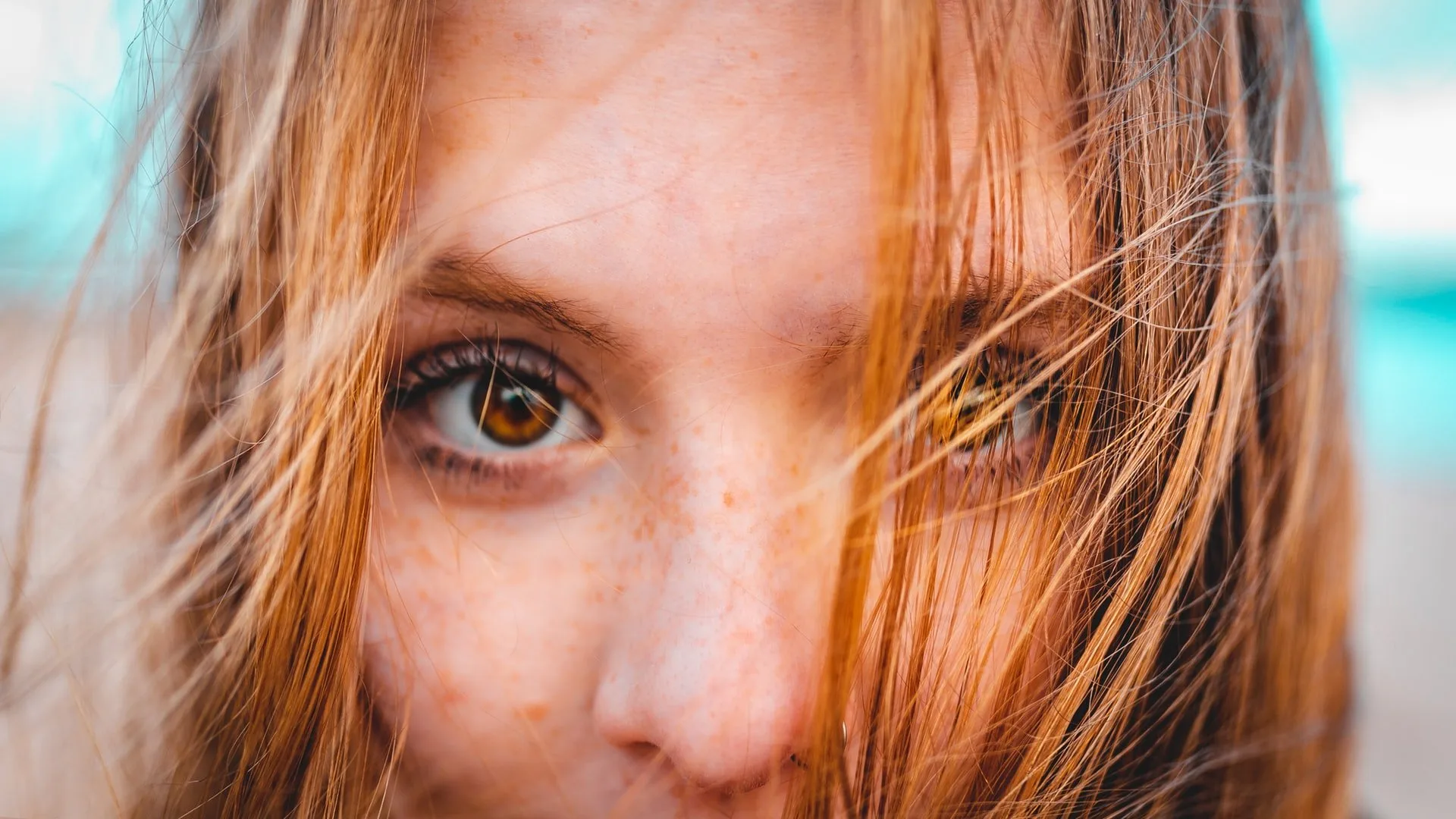
![women [longevity live]](https://longevitylive.com/wp-content/uploads/2020/01/photo-of-women-walking-down-the-street-1116984-100x100.jpg)





